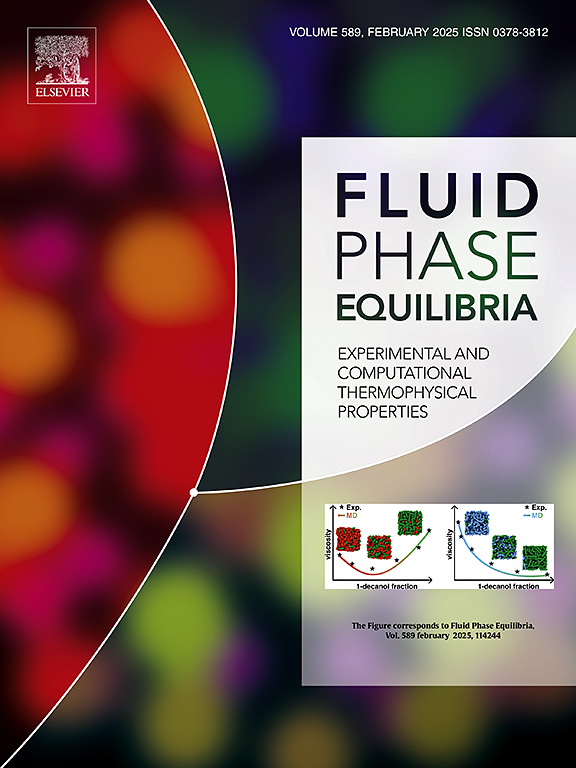利用物理性质模型和人工智能设计化工产品
IF 2.7
3区 工程技术
Q3 CHEMISTRY, PHYSICAL
引用次数: 0
摘要
化工产品设计是将分子片段或成分等部件组合成化学结构或混合物配方等组件的过程,这些组件的性质满足一系列设计约束。我们解释了计算技术,特别是人工智能技术如何极大地协助这一设计过程。我们展示了正确的知识表示对于使计算机能够操纵子结构是至关重要的,如何使用组合算法来生成结构和枚举异构体,如何基于规则的系统帮助选择测试每种生成的候选化学物质所需的估计技术,以及如何使用机器学习来改进用于寻找有希望的候选化学物质的模型。本文章由计算机程序翻译,如有差异,请以英文原文为准。
Using Physical Property Models and Artificial Intelligence to Design Chemical Products
Designing chemical products is the process of combining pieces, e.g., molecular fragments or ingredients, into an assembly, e.g., chemical structures or mixture formulations, whose properties satisfy a set of design constraints. We explain how computational techniques, specifically artificial intelligence techniques, can greatly assist this design process. We demonstrate how proper representation of knowledge is essential for enabling the computer to manipulate substructures, how combinatorial algorithms are used to generate structures and enumerate isomers, how rule-based systems help select the estimation techniques needed to test each generated candidate chemical, and how machine learning can be used to improve the models used to find promising candidates.
求助全文
通过发布文献求助,成功后即可免费获取论文全文。
去求助
来源期刊

Fluid Phase Equilibria
工程技术-工程:化工
CiteScore
5.30
自引率
15.40%
发文量
223
审稿时长
53 days
期刊介绍:
Fluid Phase Equilibria publishes high-quality papers dealing with experimental, theoretical, and applied research related to equilibrium and transport properties of fluids, solids, and interfaces. Subjects of interest include physical/phase and chemical equilibria; equilibrium and nonequilibrium thermophysical properties; fundamental thermodynamic relations; and stability. The systems central to the journal include pure substances and mixtures of organic and inorganic materials, including polymers, biochemicals, and surfactants with sufficient characterization of composition and purity for the results to be reproduced. Alloys are of interest only when thermodynamic studies are included, purely material studies will not be considered. In all cases, authors are expected to provide physical or chemical interpretations of the results.
Experimental research can include measurements under all conditions of temperature, pressure, and composition, including critical and supercritical. Measurements are to be associated with systems and conditions of fundamental or applied interest, and may not be only a collection of routine data, such as physical property or solubility measurements at limited pressures and temperatures close to ambient, or surfactant studies focussed strictly on micellisation or micelle structure. Papers reporting common data must be accompanied by new physical insights and/or contemporary or new theory or techniques.
 求助内容:
求助内容: 应助结果提醒方式:
应助结果提醒方式:


